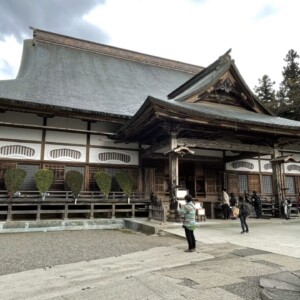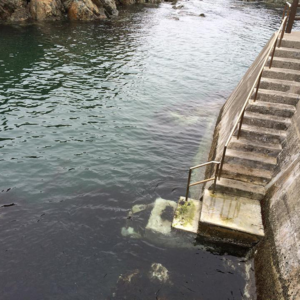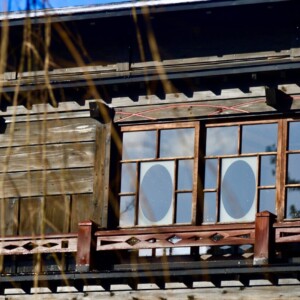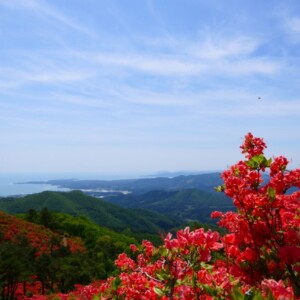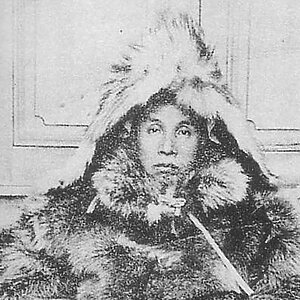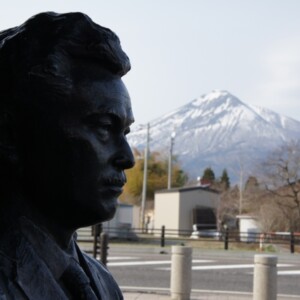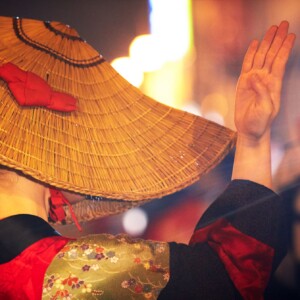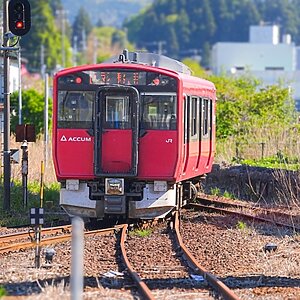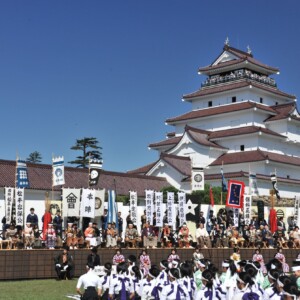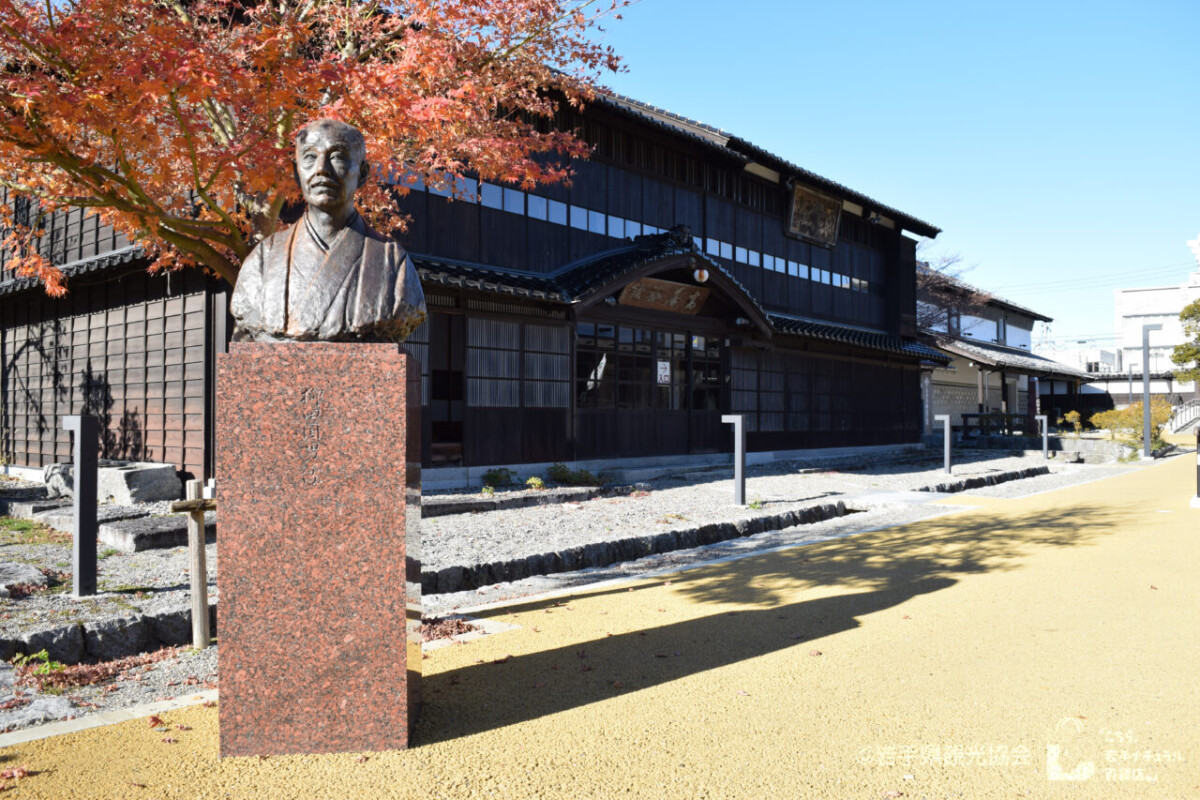
[Tono, Iwate Prefecture] “Tono Monogatari no Yakata” allows you to experience old tales for yourself! Let's explore the hometown of monsters on a rental bicycle
table of contents
This time, we will mainly introduce the Tono Monogatari no Yakata, a spot that represents Tono, famous as the home of monsters. It is a place where you can enjoy seeing, touching, and listening to many stories, including the Tono Monogatari
Many people love old stories, and Tono is home to many places related to these stories, such as Oshiradou and Kappabuchi
We recommend renting a bicycle from Tono Station and touring the old town while enjoying the scenery
The roots of the Tono Story House
The Tono Story Museum opened in 1986 and boasts a history of over 30 years
Originally, it was called "Tono Folktale Village." It was renovated in 2013, and the name was changed to its current name
Tono is the home of monsters
Tono is known as the home of monsters, and the reason for this is the "Tales of Tono" compiled by Kunio Yanagita
This is a collection of old folk tales from Tono. It was published in 1910
Among them are many monsters that are still popular today, such as Yuki-onna, Kappa, and Zashiki-warashi. In addition to ghost stories, the book also contains legends related to Shinto rituals, such as spirit abduction
The charm of Tono Monogatari Museum
The Tono Monogatari no Yakata is a place where you can experience the world of the Tono Monogatari in a real way. The inn where Yanagita Kunio stayed and the main house he built in his later years have been relocated here
Of course, you can come into contact with many other old tales besides the Tono Monogatari. Another attraction is being able to listen to old tales told by storytellers
There are places where you can enjoy local Tono cuisine and gift shops perfect for souvenirs, making it a spot where you can fully enjoy Tono
Old tales storehouse
This is a relocated storehouse from a sake brewery that was located in Tono. It is a place that mainly introduces old tales passed down in Tono
The stories are presented in a visually appealing way, using paper cutouts, shadow puppets, and video, so you will naturally be drawn into the world of the story
Without this man, there would be no "Tono Monogatari"! Sasaki Kiyoshi
In addition to the old tales, there is also a section introducing Sasaki Kizen, a man many people had never heard of before coming here
Sasaki Kizen is known as the "Grimm of Japan." He is a folklorist from Tono
He was the person who passed on the folk tales of Tono to Kunio Yanagita, and it can be said that without him, the Tono Monogatari would not have been born
Enjoy seeing, touching and listening
The Folktale Room is a semi-private room where you can sit on a sofa and listen to folktales. There is also an exhibit where you can touch an iron figurine and it will create a shadow animation. It is a place where you can enjoy looking, touching and listening
Tonoza Theatre
The Tonoza Theater inside the museum is a theater where you can experience old stories. At set times, you can listen to a storyteller's tales
This is one of the most important areas of the Tono Story House, and the receptionist will tell you the time the storytelling will begin
Many of the Tono tales are the subject matter
The storytellers tell a variety of old tales. One of the most popular is "Rat Sumo," which tells the story of a sumo match between a big, fat mouse who lives in a wealthy house and a very small mouse who lives happily with an elderly person
Another popular story is "Kappa Pond," in which a kappa who has been causing trouble, such as dragging a horse into a pond, finally regrets his actions
A distinctive feature of Tono folk tales is that they begin with "Mukashi attazumona" (There was once a place like this), and end with "Dondohare" (There is now a place like this). This "Kappa-fuchi" story is no exception
Kappa Falls is a real place in Tono, which previously introduced in another article . It is also a recommended spot where you might encounter a real kappa.
Yanagita Kunio Museum
The former Takazen Ryokan is the place where Kunio Yanagita actually stayed. It has been relocated in its entirety
Not only Yanagita, but also other famous people such as Orikuchi Shinobu and Nevsky stayed here. You can explore the tasteful interior of the time from the first to second floor
The first floor is the living area with a living room and bedrooms, and the second floor is the guest rooms
There are exhibits on Yanagita's life and other topics
Ito family
If you get hungry after looking around, head to Itoya Restaurant, where you can enjoy Tono's local cuisine. Popular dishes include hittsumi and Jingisukan
Hittsumi in particular is a dish you should try at least once if you visit Iwate. "Hittsumi" is a type of "suiton." It is so named because it is made by kneading well-kneaded wheat flour and adding it to soup
The Ito family's dish is a delicious harmonious combination of the deep flavor of chicken bones, many local ingredients, and the smooth texture of hittsumi
Akabanekura
Traditional Garden
There are 1,000 Oshirasama statues in the traditional garden
Another representative legend from the Tono Monogatari is Oshirasama, a love story between a horse and a young girl. A beautiful young woman marries a horse in the stable, and her father, displeased with the situation, cuts off the horse's head
It is said that the girl ascended to heaven with the horse's head. There is an area in Denshoen where 1,000 Oshirasama statues are displayed
Kikuchi family residence
It is located at the back of the Kikuchi Residence, a curved house that has been designated an Important Cultural Property of Japan. This curved house is L-shaped, with the main house and stables integrated into one structure
The legend of Oshirasama recalls how the girl went to see her horse every night
Silkworm Shrine
At the back of the Magari-ya is the Oshiradō, a shrine dedicated to the silkworm god. Oshirasama is offered here. The tops of the mulberry trees are shaped like the faces of a girl and a horse
It is customary to cover it with a piece of cloth on which a wish has been written. The cloth is sold for 100 yen each. Be sure to add your own to the 1,000 Oshirasama as a memento
Summary of the Hometowns of Yokai
Tono, famous for the Tales of Tono, has many must-see spots where you can feel the spirits of old tales. The area is filled with unspoiled landscapes where you might expect to encounter monsters such as kappa and zashiki warashi
Popular places are scattered all the way to the outskirts of the city, including "Ushitori Shrine," which is said to grant love, and "Yamaguchi Watermill," which seems like the setting for a fairy tale
Buses are infrequent, running only once an hour. We recommend renting a bicycle and getting around after learning about the Tono Monogatari, focusing on the Tono Monogatari Museum introduced here
Bicycle rentals are available at the Tono City Tourism Exchange Center "Tabinokura Tono" (phone number: 0198-62-1333) in front of Tono Station. For information on fees, please see the URL below
Tono City Tourism Association Official Website: Tono Time




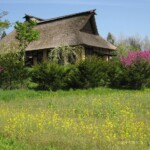
![Walking around the town is fun! A stroll in search of "retro things" [Motomiya City, Fukushima Prefecture] IMG_2345](https://jp.neft.asia/wp-content/uploads/2025/08/IMG_2345-150x150.jpeg)
![Take a look at kaleidoscopes from all over the world at the Sendai Kaleidoscope Museum! [Miyagi Prefecture] mysterious light](https://jp.neft.asia/wp-content/uploads/2017/03/f296481e88d1209fdf95c2739bb4da31-150x150.jpg)
![Osawa Onsen, a 200-year-old hot spring resort with a self-catering section! [Hanamaki City, Iwate Prefecture] hot spring](https://jp.neft.asia/wp-content/uploads/2018/04/f72a6f213590ac22f169df7767efbc87_s-150x150.jpg)
!["Gokanezaki Furofushi Hot Springs" allows you to enjoy the best sunsets and starry sky in Japan! [Aomori Prefecture] Koganezaki Furofushi Hot Spring](https://jp.neft.asia/wp-content/uploads/2018/09/25810772_m-150x150.jpg)
![Oirase Mine is the largest mine in the Orient! Exploring the mines at a huge photogenic ruin! [Kakunodate City, Akita Prefecture] Inside the Oirase Mine](https://jp.neft.asia/wp-content/uploads/2018/09/27644489_m-150x150.jpg)
![[Sakata City, Yamagata Prefecture] Enjoy Tohoku's famous sweets at "Holland Senbei FACTORY"! Experience baking and seasoning yourself Dutch rice crackers](https://jp.neft.asia/wp-content/uploads/2018/07/151f3a0247fc50438bbff6d24e7e543d_s-150x150.jpg)
![[Yuzawa City, Akita Prefecture] “Kawarage Jigoku” is a pure white different world! Enjoy a taste of heaven at Oyu Falls and Doroyu Onsen volcanic gas](https://jp.neft.asia/wp-content/uploads/2018/08/213d3202f8f017dfb676aa5c82a35afa_s-150x150.jpg)
